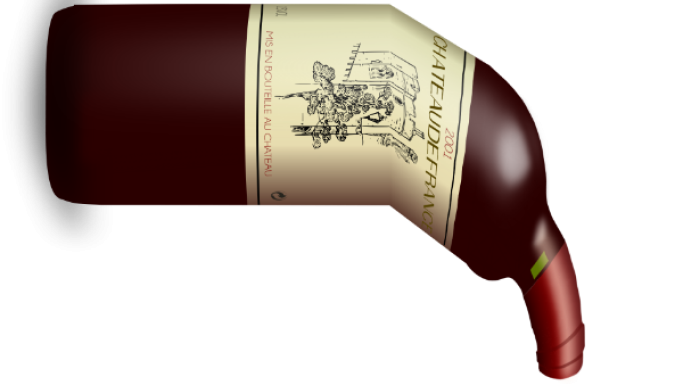Now that the detumescent 2016 en primeur campaign has passed its climax, mostly to the eye-rolling indifference of its weary partners, it seems an apposite time to peek under the covers and review bordeaux’s most recent performance.
By our usual standards, sexual analogy may seem rather bawdy – even the word ‘analogy’ sounds ribald, especially if you insert an r as the sixth letter – but I will endeavour to be as gentle as possible and bring you a nice cup of tea afterwards.
Actually, the first thing that sex has in common with bordeaux is rather mundane: both are exploited to grab our attention. The fact that sex sells means it is indiscriminately used to boost web traffic, and bordeaux has a similar effect for wine. Whenever Decanter magazine put bordeaux on their cover they sold more copies, its previous editor told me. And every year on this site, our most popular articles invariably have bordeaux in the title.
Though perish the thought that our headlines are deliberately exploitative. Cough.
What is it that makes bordeaux so apparently irresistible? Does it somehow exert a pull as instinctual as the reproductive urge? Or are we simply overexposed, hoodwinked into thinking of it as the essential sensory experience, and constantly cajoled into wanting more?
Just as having sex should be the ultimate expression of love, having bordeaux should be the ultimate expression of wine – or so we are told by makers of red bordeaux. (For white bordeaux, secs means something rather more dry.)
Anyway, everyone with an interest in wine learns about which bordeaux reds have the longest finish and which vintages give the greatest satisfaction. Yet it has become increasingly unaffordable to actually buy, drink and enjoy the best-known examples. Ever-increasing prices at en primeur have become a grievous turn-off for wine lovers – as witness this thread in our Members' forum, where even those who admit to making purchases do so with some diffidence.
There’s no question that Bordeaux births some of the world’s finest wine. Despite the emergence of many exciting alternative regions around the world – Napa Valley, Margaret River, Bolgheri, Hawke’s Bay – a consensus remains that bordeaux has the liquid equivalent of sex appeal.
But if en primeur prices continue to rise, the lustful gaze of the wine world will surely turn elsewhere – indeed, it may already have started looking. Top bordeaux has become a coquette, flashing its ankles at wine lovers but then charging the prices of a Hollywood madam. As has been pointed out numerous times, why would you pay a premium for something when an equally good alternative can be bought at a cheaper price?
For bordeaux, there are dozens of mature vintages of great châteaux at the same price – or even less – than the 2016 releases. That fact undermines the fundamental reason for the existence of en primeur, from the perspective of consumers.
Yet the spell hasn’t been entirely broken. In spite of the damning evidence, people still bought 2016 en primeur. Perhaps this is the ultimate proof that bordeaux is like sex – it provokes behaviour that is totally irrational.
But just because en primeur is taking advantage of you doesn’t make all bordeaux immoral. In fact, there is still a rich seam of lesser-known bordeaux that represents good buys in the vintage – as discussed in the same thread mentioned above.
However, finding such wines – the petits chatêaux and crus bourgeois which never normally make the headlines – takes time and effort (though see Jancis's Affordable bordeaux in 2017 published recently). They may not be the lowest hanging (nor best-endowed) fruit, but size most certainly isn't everything. Besides, longer courtship leads to more fulfilling consummation – and surely the best bordeaux is part of a loving relationship.
Now, how do you like your tea?



